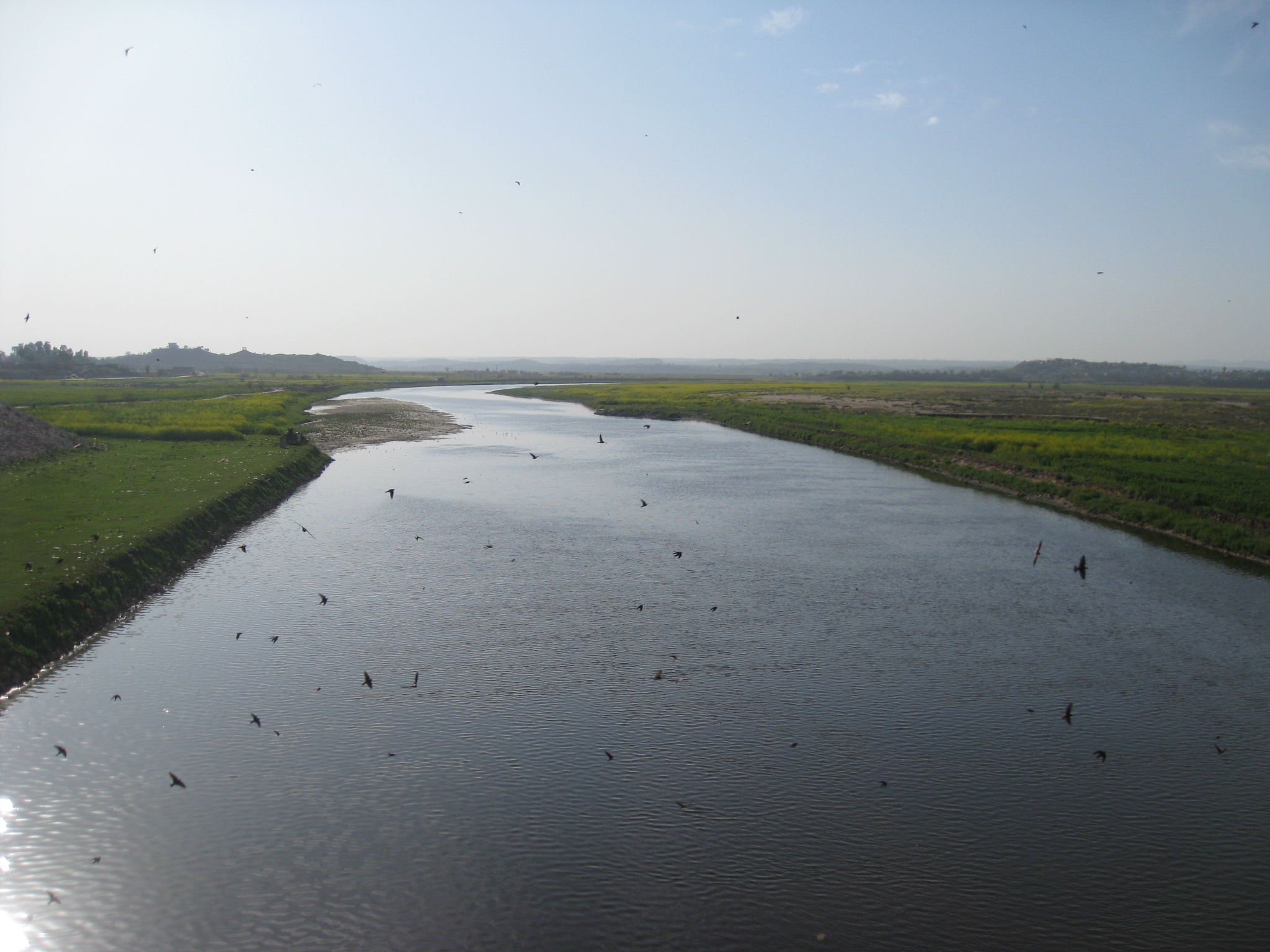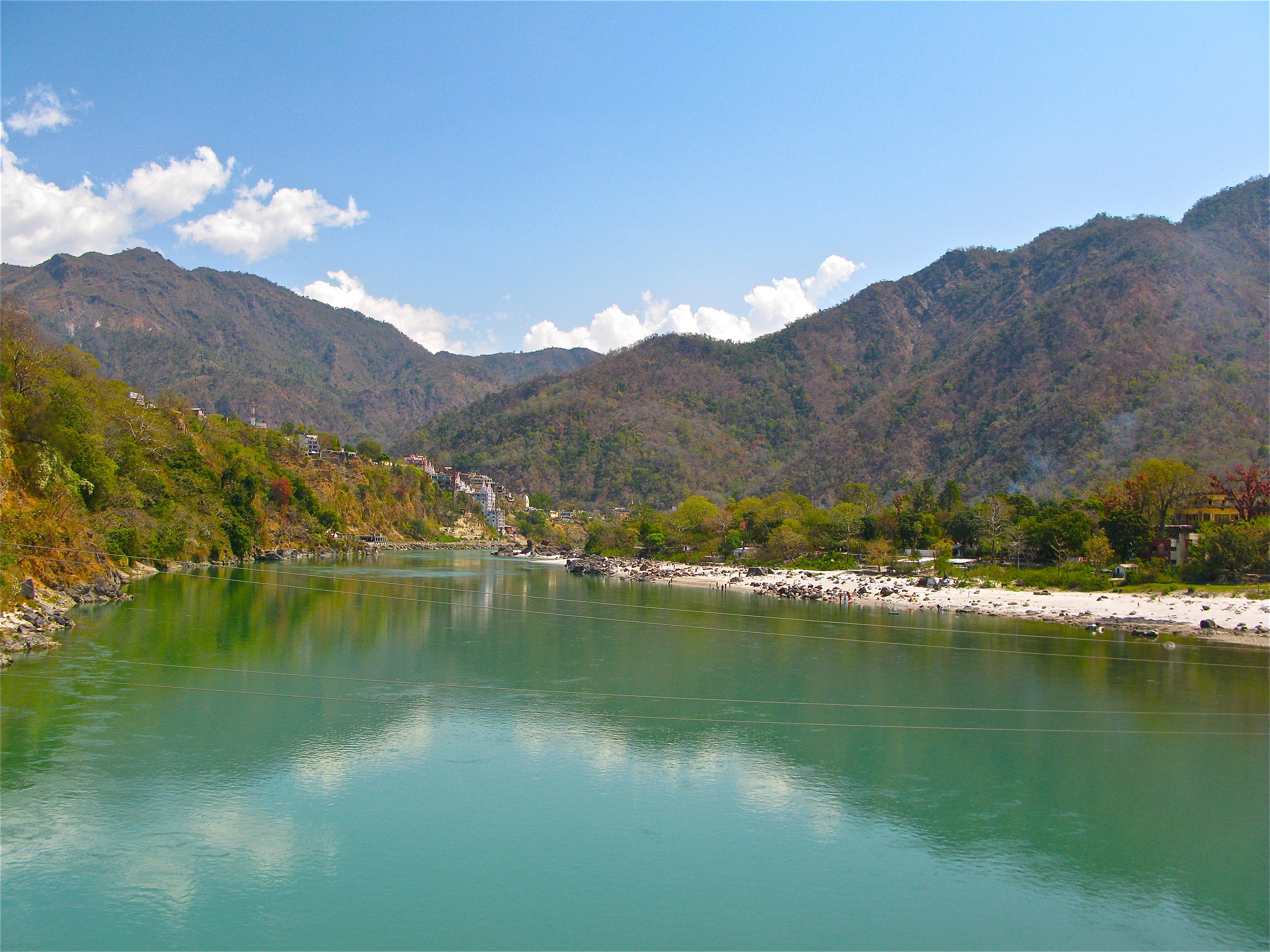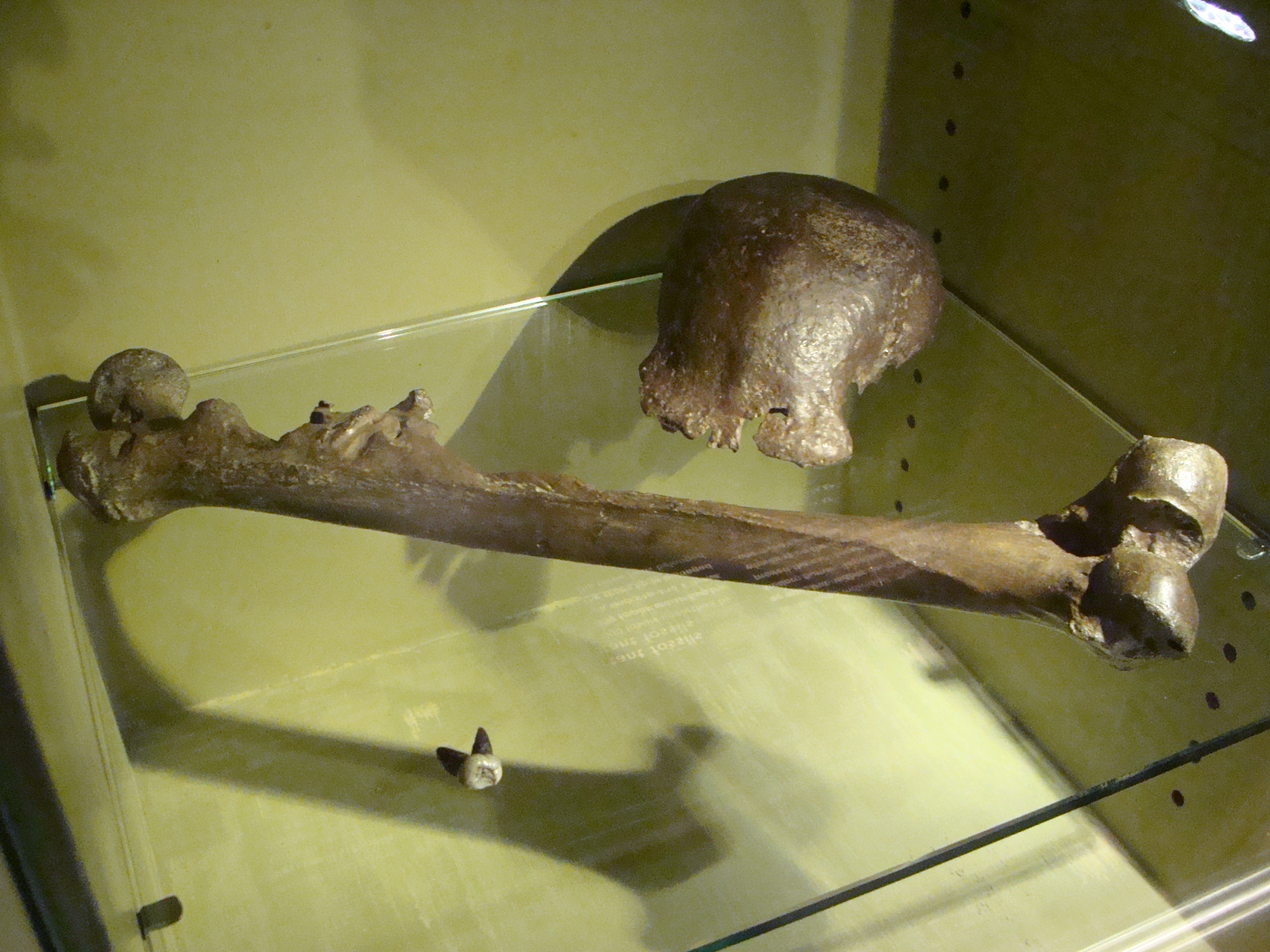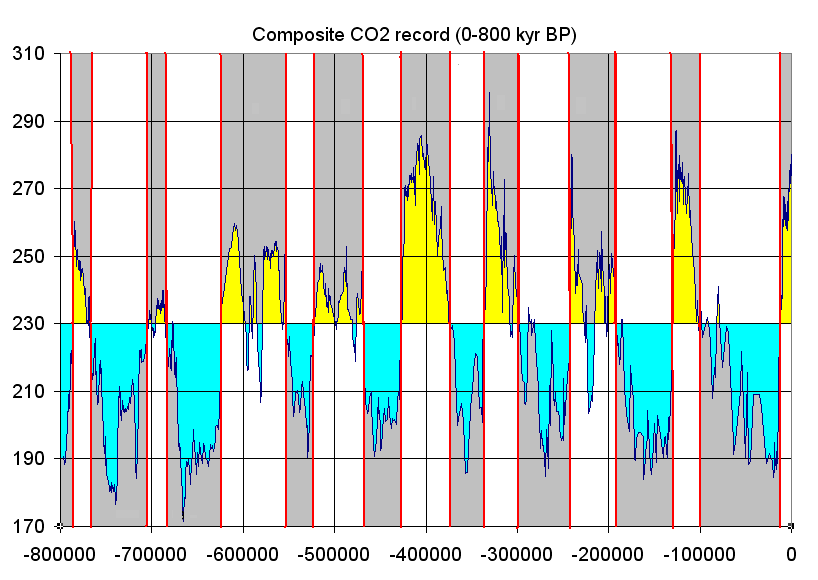|
Soanian
The Soanian culture is a prehistoric technological culture from the Siwalik Hills in the Indian subcontinent. Quote: “Soanian and Soanian‐like assemblages are known throughout the entire Siwalik or Sub‐ Himalayan region, from Pakistan to northeast India including Nepal...” It is named after the Soan Valley in Pakistan. Soanian sites are found along the Siwalik region in present-day India, Nepal and Pakistan.Chauhan, Parth R., ''An Overview of the Siwalik Acheulian & Reconsidering Its Chronological Relationship with the Soanian – A Theoretical Perspective''. The Soanian culture has been approximated to have taken place during the Middle Pleistocene period or the mid-Holocene epoch (Northgrippian). Debates still goes on today regarding the exact period occupied by the culture due to artefacts often being found in non-datable surface context. This culture was first discovered and named by the anthropology and archaeology team led by Helmut De Terra and Thomas Thomson Pa ... [...More Info...] [...Related Items...] OR: [Wikipedia] [Google] [Baidu] |
Siwalik Hills
The Sivalik Hills, also known as the Shivalik Hills and Churia Hills, are a mountain range of the outer Himalayas that stretches over about from the Indus River eastwards close to the Brahmaputra River, spanning the northern parts of the Indian subcontinent. It is wide with an average elevation of . Between the Teesta and Raidāk Rivers in Assam is a gap of about . "Sivalik" literally means 'tresses of Shiva'. Sivalik region is home to the Soanian archaeological culture. Geology Geologically, the Sivalik Hills belong to the Tertiary deposits of the outer Himalayas. They are chiefly composed of sandstone and conglomerate rock formations, which are the solidified detritus of the Himalayas to their north; they are poorly consolidated. The remnant magnetisation of siltstones and sandstones indicates that they were deposited 16–5.2 million years ago. In Nepal, the Karnali River exposes the oldest part of the Shivalik Hills. They are bounded on the south by a fault sy ... [...More Info...] [...Related Items...] OR: [Wikipedia] [Google] [Baidu] |
Sivalik Hills
The Sivalik Hills, also known as the Shivalik Hills and Churia Hills, are a mountain range of the outer Himalayas that stretches over about from the Indus River eastwards close to the Brahmaputra River, spanning the northern parts of the Indian subcontinent. It is wide with an average elevation of . Between the Teesta and Raidāk Rivers in Assam is a gap of about . "Sivalik" literally means 'tresses of Shiva'. Sivalik region is home to the Soanian archaeological culture. Geology Geologically, the Sivalik Hills belong to the Tertiary deposits of the outer Himalayas. They are chiefly composed of sandstone and conglomerate rock formations, which are the solidified detritus of the Himalayas to their north; they are poorly consolidated. The remnant magnetisation of siltstones and sandstones indicates that they were deposited 16–5.2 million years ago. In Nepal, the Karnali River exposes the oldest part of the Shivalik Hills. They are bounded on the south by a fault syst ... [...More Info...] [...Related Items...] OR: [Wikipedia] [Google] [Baidu] |
Pakistan
Pakistan ( ur, ), officially the Islamic Republic of Pakistan ( ur, , label=none), is a country in South Asia. It is the world's List of countries and dependencies by population, fifth-most populous country, with a population of almost 243 million people, and has the world's Islam by country#Countries, second-largest Muslim population just behind Indonesia. Pakistan is the List of countries and dependencies by area, 33rd-largest country in the world by area and 2nd largest in South Asia, spanning . It has a coastline along the Arabian Sea and Gulf of Oman in the south, and is bordered by India to India–Pakistan border, the east, Afghanistan to Durand Line, the west, Iran to Iran–Pakistan border, the southwest, and China to China–Pakistan border, the northeast. It is separated narrowly from Tajikistan by Afghanistan's Wakhan Corridor in the north, and also shares a maritime border with Oman. Islamabad is the nation's capital, while Karachi is its largest city and fina ... [...More Info...] [...Related Items...] OR: [Wikipedia] [Google] [Baidu] |
Acheulean
Acheulean (; also Acheulian and Mode II), from the French ''acheuléen'' after the type site of Saint-Acheul, is an archaeological industry of stone tool manufacture characterized by the distinctive oval and pear-shaped " hand axes" associated with ''Homo erectus'' and derived species such as '' Homo heidelbergensis''. Acheulean tools were produced during the Lower Palaeolithic era across Africa and much of West Asia, South Asia, East Asia and Europe, and are typically found with ''Homo erectus'' remains. It is thought that Acheulean technologies first developed about 1.76 million years ago, derived from the more primitive Oldowan technology associated with ''Homo habilis''. The Acheulean includes at least the early part of the Middle Paleolithic. Its end is not well defined, depending on whether Sangoan (also known as "Epi-Acheulean") is included, it may be taken to last until as late as 130,000 years ago. In Europe and Western Asia, early Neanderthals adopted Acheul ... [...More Info...] [...Related Items...] OR: [Wikipedia] [Google] [Baidu] |
Indian Subcontinent
The Indian subcontinent is a physiographical region in Southern Asia. It is situated on the Indian Plate, projecting southwards into the Indian Ocean from the Himalayas. Geopolitically, it includes the countries of Bangladesh, Bhutan, India, Maldives, Nepal, Pakistan, and Sri Lanka."Indian subcontinent". '' New Oxford Dictionary of English'' () New York: Oxford University Press, 2001; p. 929: "the part of Asia south of the Himalayas which forms a peninsula extending into the Indian Ocean, between the Arabian Sea and the Bay of Bengal. Historically forming the whole territory of Greater India, the region is now divided into three countries named Bangladesh, India and Pakistan." The terms ''Indian subcontinent'' and ''South Asia'' are often used interchangeably to denote the region, although the geopolitical term of South Asia frequently includes Afghanistan, which may otherwise be classified as Central Asian.John McLeod, The history of India', page 1, Greenwood Publishing ... [...More Info...] [...Related Items...] OR: [Wikipedia] [Google] [Baidu] |
Harappan Culture
The Indus Valley Civilisation (IVC), also known as the Indus Civilisation was a Bronze Age civilisation in the northwestern regions of South Asia, lasting from 3300 BCE to 1300 BCE, and in its mature form 2600 BCE to 1900 BCE. Together with ancient Egypt and Mesopotamia, it was one of three early civilisations of the Near East and South Asia, and of the three, the most widespread. Its sites spanned an area from much of Pakistan, to northeast Afghanistan, and northwestern India. The civilisation flourished both in the alluvial plain of the Indus River, which flows through the length of Pakistan, and along a system of perennial monsoon-fed rivers that once coursed in the vicinity of the Ghaggar-Hakra, a seasonal river in northwest India and eastern Pakistan. The term ''Harappan'' is sometimes applied to the Indus civilisation after its type site Harappa, the first to be excavated early in the 20th century in what was then the Punjab province of ... [...More Info...] [...Related Items...] OR: [Wikipedia] [Google] [Baidu] |
Indus River
The Indus ( ) is a transboundary river of Asia and a trans-Himalayan river of South and Central Asia. The river rises in mountain springs northeast of Mount Kailash in Western Tibet, flows northwest through the disputed region of Kashmir, Quote: "Kashmir, region of the northwestern Indian subcontinent. It is bounded by the Uygur Autonomous Region of Xinjiang to the northeast and the Tibet Autonomous Region to the east (both parts of China), by the Indian states of Himachal Pradesh and Punjab to the south, by Pakistan to the west, and by Afghanistan to the northwest. The northern and western portions are administered by Pakistan and comprise three areas: Azad Kashmir, Gilgit, and Baltistan, ... The southern and southeastern portions constitute the Indian state of Jammu and Kashmir. The Indian- and Pakistani-administered portions are divided by a "line of control" agreed to in 1972, although neither country recognizes it as an international boundary. In addition, China be ... [...More Info...] [...Related Items...] OR: [Wikipedia] [Google] [Baidu] |
Homo Erectus
''Homo erectus'' (; meaning " upright man") is an extinct species of archaic human from the Pleistocene, with its earliest occurrence about 2 million years ago. Several human species, such as ''H. heidelbergensis'' and ''H. antecessor'' — with the former generally considered to have been the ancestor to Neanderthals, Denisovans, and modern humans — appear to have evolved from ''H. erectus''. Its specimens are among the first recognizable members of the genus ''Homo''. ''H. erectus'' was the first human ancestor to spread throughout Eurasia, with a continental range extending from the Iberian Peninsula to Java. Asian populations of ''H. erectus'' may be ancestral to '' H. floresiensis'' and possibly to '' H. luzonensis''. The last known population of ''H. erectus'' is '' H. e. soloensis'' from Java, around 117,000–108,000 years ago. ''H. erectus'' had a more modern gait and body proportions, and was the first human species ... [...More Info...] [...Related Items...] OR: [Wikipedia] [Google] [Baidu] |
Harappan Civilisation
The Indus Valley Civilisation (IVC), also known as the Indus Civilisation was a Bronze Age civilisation in the northwestern regions of South Asia, lasting from 3300 BCE to 1300 BCE, and in its mature form 2600 BCE to 1900 BCE. Together with ancient Egypt and Mesopotamia, it was one of three early civilisations of the Near East and South Asia, and of the three, the most widespread. Its sites spanned an area from much of Pakistan, to northeast Afghanistan, and northwestern India. The civilisation flourished both in the alluvial plain of the Indus River, which flows through the length of Pakistan, and along a system of perennial monsoon-fed rivers that once coursed in the vicinity of the Ghaggar-Hakra, a seasonal river in northwest India and eastern Pakistan. The term ''Harappan'' is sometimes applied to the Indus civilisation after its type site Harappa, the first to be excavated early in the 20th century in what was then the Punjab province of ... [...More Info...] [...Related Items...] OR: [Wikipedia] [Google] [Baidu] |
Glacial Period
A glacial period (alternatively glacial or glaciation) is an interval of time (thousands of years) within an ice age that is marked by colder temperatures and glacier advances. Interglacials, on the other hand, are periods of warmer climate between glacial periods. The Last Glacial Period ended about 15,000 years ago. The Holocene is the current interglacial. A time with no glaciers on Earth is considered a greenhouse climate state. Quaternary Period Within the Quaternary, which started about 2.6 million years before present, there have been a number of glacials and interglacials. At least eight glacial cycles have occurred in the last 740,000 years alone. Penultimate Glacial Period The Penultimate Glacial Period (PGP) is the glacial period that occurred before the Last Glacial Period. It began about 194,000 years ago and ended 135,000 years ago, with the beginning of the Eemian interglacial. Last Glacial Period The last glacial period was the most recent glacial perio ... [...More Info...] [...Related Items...] OR: [Wikipedia] [Google] [Baidu] |
Middle Pleistocene
The Chibanian, widely known by its previous designation of Middle Pleistocene, is an Age (geology), age in the international geologic timescale or a Stage (stratigraphy), stage in chronostratigraphy, being a division of the Pleistocene Epoch within the ongoing Quaternary Period. The Chibanian name was officially ratified in January 2020. It is currently estimated to span the time between 0.770 annum, Ma (770,000 years ago) and 0.126 Ma (126,000 years ago), also expressed as 770–126 ka. It includes the transition in palaeoanthropology from the Lower Palaeolithic, Lower to the Middle Palaeolithic over 300 ka. The Chibanian is preceded by the Calabrian (stage), Calabrian and succeeded by the proposed Tarantian. The beginning of the Chibanian is the Brunhes–Matuyama reversal, when the Earth's magnetic field last underwent reversal. It ends with the onset of the Eemian interglacial period (Marine Isotope Stage 5). The term Middle Pleistocene was in use as a provisional or "quasi-fo ... [...More Info...] [...Related Items...] OR: [Wikipedia] [Google] [Baidu] |
Holocene
The Holocene ( ) is the current geological epoch. It began approximately 11,650 cal years Before Present (), after the Last Glacial Period, which concluded with the Holocene glacial retreat. The Holocene and the preceding Pleistocene together form the Quaternary period. The Holocene has been identified with the current warm period, known as MIS 1. It is considered by some to be an interglacial period within the Pleistocene Epoch, called the Flandrian interglacial.Oxford University Press – Why Geography Matters: More Than Ever (book) – "Holocene Humanity" section https://books.google.com/books?id=7P0_sWIcBNsC The Holocene corresponds with the rapid proliferation, growth and impacts of the human species worldwide, including all of its written history, technological revolutions, development of major civilizations, and overall significant transition towards urban living in the present. The human impact on modern-era Earth and its ecosystems may be considered of global ... [...More Info...] [...Related Items...] OR: [Wikipedia] [Google] [Baidu] |








